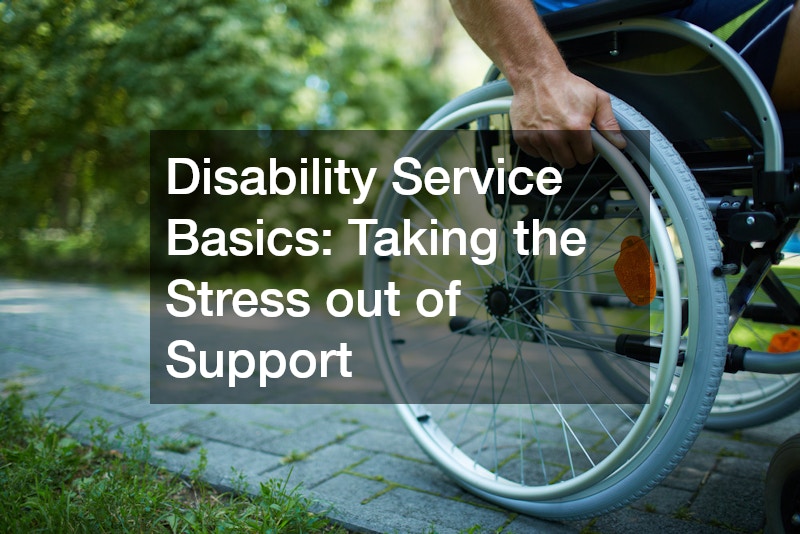Accessing support through a disability service can sometimes feel overwhelming, especially with the variety of options, processes and jargon involved. Many Australians struggle to understand where to start or how to make informed choices that truly suit their needs. Taking the time to understand the basics can reduce stress, empower decision-making and make the process far smoother for both individuals and their families.
Being familiar with the framework of disability services is key to accessing appropriate support. From initial assessments to ongoing care, knowing what to expect at each stage can prevent unnecessary confusion. By approaching these services with clear knowledge and planning, you can make decisions that enhance independence and quality of life.
Understanding Disability Services
Disability services encompass a broad range of programs and supports designed to help people with varying needs live more independently. These can include in-home assistance, community programs, therapy and advocacy services. Understanding the overarching structure of these services allows individuals and their families to see what types of support are available and how they might fit into everyday life.
Understanding eligibility requirements and the types of services offered in your local area can help streamline the process. Knowing whether you qualify for government-funded programs or private support options can save time and reduce stress. Learning about service providers, their reputations and the experiences of other clients can also inform your decisions and help ensure you receive reliable, person-centred support.
Identifying Your Support Needs
Identifying your personal or family support needs is the foundation of effective planning. Every individual has unique requirements, whether they relate to physical assistance, cognitive support or social engagement. By clarifying these needs early, you can focus on services that are truly relevant and avoid spending time on unsuitable options.
Creating a detailed list of needs can help when speaking with service providers or preparing for assessments. Consider daily living activities, mobility, communication, social participation and any medical or therapeutic requirements. This personalised approach ensures that the support you seek aligns with your lifestyle and goals, providing a clearer roadmap for accessing the right services.
Exploring Available Options
Once you have a clear understanding of your needs, exploring available service options becomes more manageable. Disability services can vary widely, from government-funded programs and local community initiatives to private agencies and specialist organisations. Taking the time to research and compare these options is critical to making informed choices.
A practical approach includes looking at service quality, costs, flexibility and the qualifications of staff. Online directories, community forums and local advocacy groups can provide insights into what other Australians have experienced. Visiting service providers or attending information sessions can also help you gauge compatibility and ensure that the support offered matches your expectations and needs.
Navigating the Application Process
The application process for a disability service can seem complex at first, but understanding each step can make it far more manageable. This typically involves submitting documentation, undergoing assessments and coordinating with service providers to develop a support plan. Familiarity with the process reduces delays and ensures you receive timely assistance.
Gathering relevant medical reports, identification documents and personal information ahead of time can simplify applications. Many services also provide guides or dedicated support officers who can assist with forms and procedures. Being proactive and organised not only reduces stress but also increases the likelihood of receiving the services best suited to your situation.
Maximising Your Support Experience
Receiving disability support is not just about access—it is about making the most of the services available. Active engagement, regular communication and feedback can enhance the quality of your experience. Knowing your rights and responsibilities as a service user empowers you to advocate for adjustments or improvements as needed.
Scheduling regular reviews, maintaining open dialogue with support staff and tracking progress can ensure your goals are being met. Exploring complementary services, such as social programs or skill-building workshops, can also enrich your experience. By taking an active role, you maximise the value of your support and foster independence, confidence and well-being.
Navigating disability services does not need to be daunting. With an understanding of the system, clarity about your support needs and knowledge of available options, accessing appropriate care can be straightforward and empowering. By taking a proactive and informed approach, you can reduce stress and focus on achieving meaningful outcomes for yourself or your family.
Emphasising organisation, research and communication throughout the process ensures that you receive tailored support that enhances everyday life. Disability services are designed to help Australians live with dignity and independence, and with the right preparation, you can confidently make the most of the assistance available.








